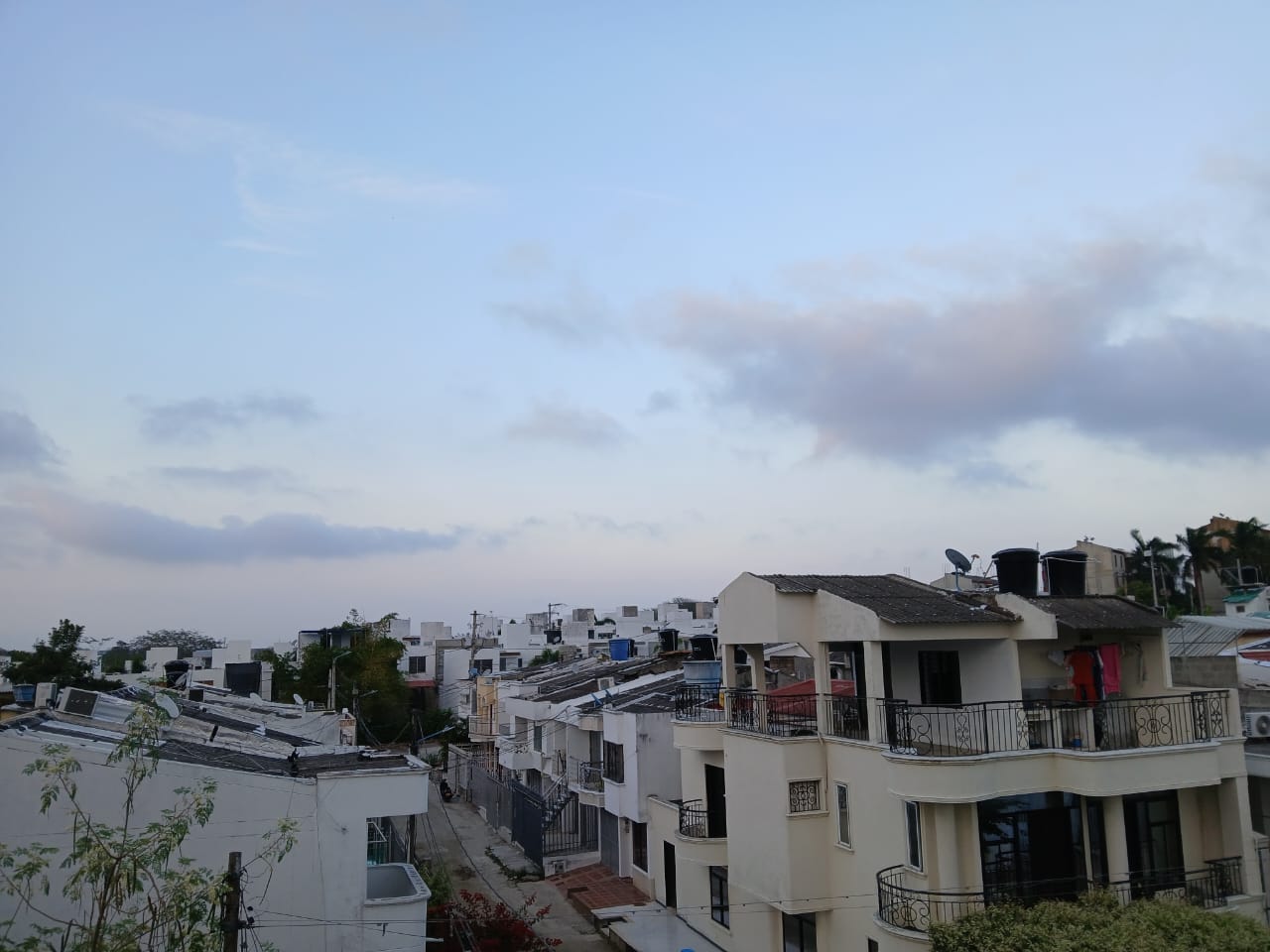Sucre is a tranquil department located on Colombia's Caribbean coast, three and a half hours south of Cartagena. With the rolling hills of the Montes de María in the north, divine beaches to the west, and cattle-raising lowlands in the south, Sucre has diverse landscapes full of vibrant music and rich culture. We, Sydney and Natasha, were the first volunteers placed in Sucre since the pandemic in 2020. Before arriving at our sites, we heard that Sucre was far, isolated, and not worth visiting. We disagree. Here’s why…
*Disclaimer: We know that these may be generalized topics; this is what we have observed in our experiences.
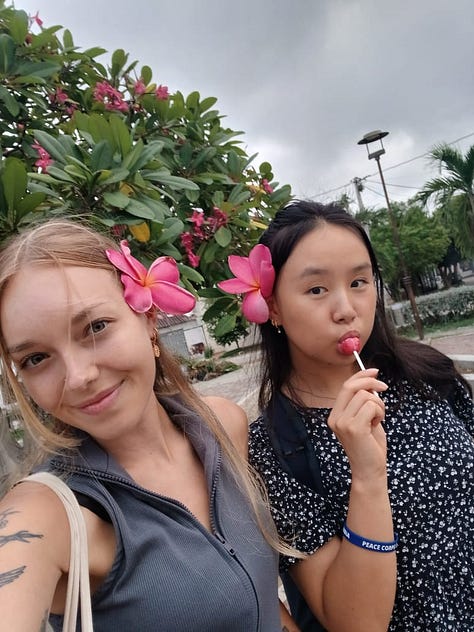
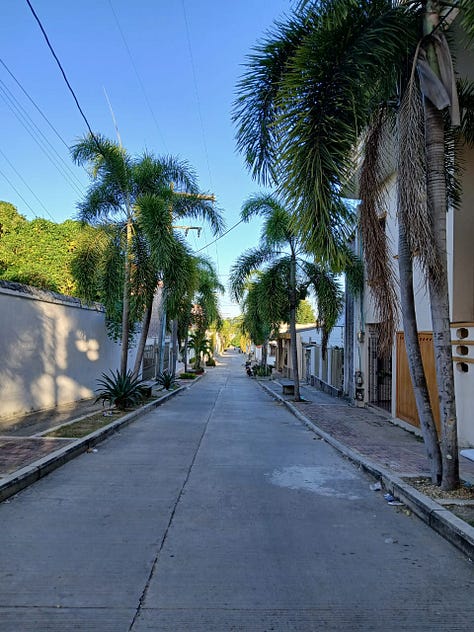

In addition to its beaches, Sucre is positioned at the tail-end of the Montes de María, a small mountain range that extends from the Andes. Historically, this region was a safe haven for runaway slaves and indigenous communities. Unfortunately, it has experienced an increase in violence, which has left an impact on these communities. Regardless of its safety status, we have heard nothing but good things about this mountainous region—specifically about Colosó, Chalán, and the ecological park Roca Madre. From its beautiful hikes and sonorous waterfalls to its diverse flora and fauna, Sucre offers an abundance of natural beauty that furthers people’s education on wildlife care.
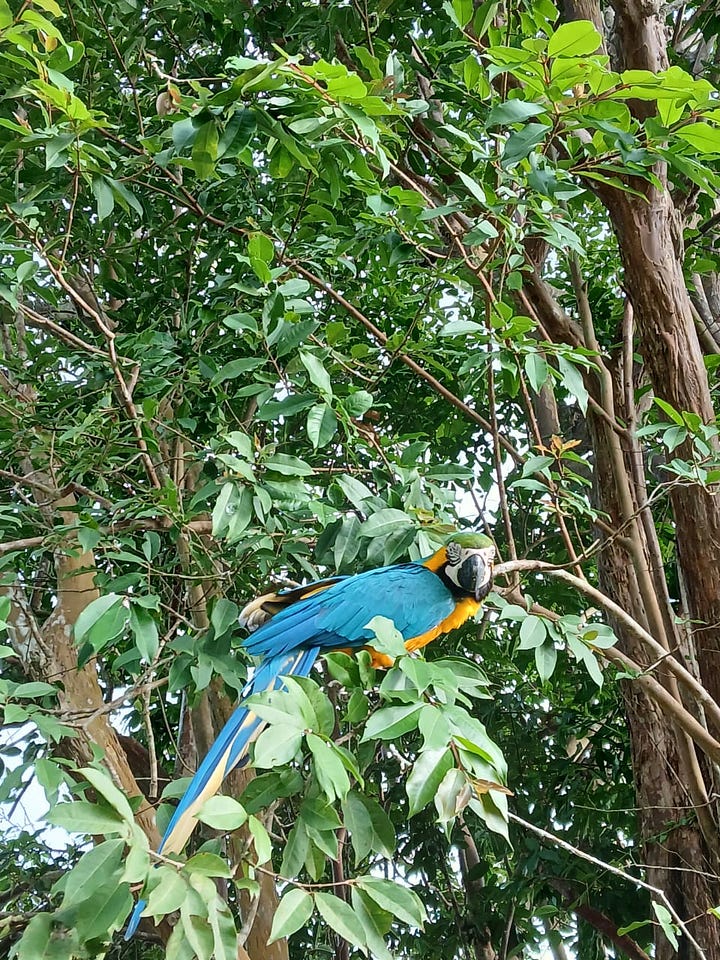
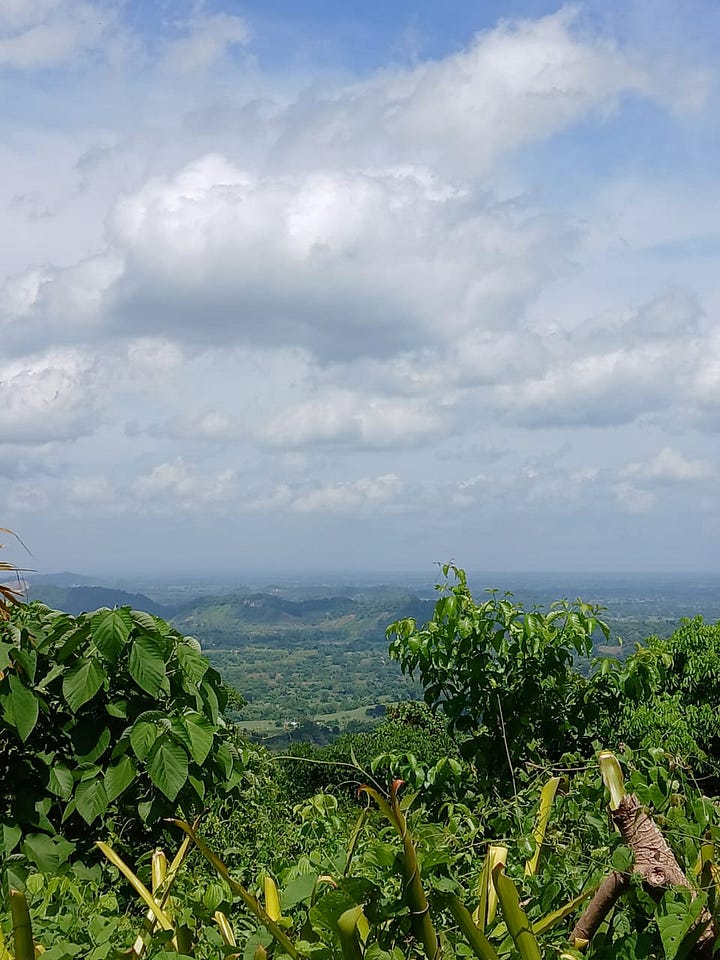
Blue-Yellow Macaw (left) and Montes de María (right) Coveñas and Tolú are the two hidden gems of Sucre. Before arriving at this beautifully diverse department, we had heard that Coveñas is for the beaches and Tolú is for the nightlife. We were pleasantly surprised to find that not only were these characterizations true, they were actually an understatement of the spectacle of these beaches. Many Colombians visit Coveñas and Tolú, yet they don't have an international reach. That’s a shame, as experiencing the sun setting beyond the horizon is magical and dreamy. Truth be told, there may be some benefit for the current beachgoers as it is much less costly than a place like Cartagena and there are far fewer beach vendors. These beaches are also only one hour away from central Sincelejo, the capital of Sucre—making for an exciting day trip, which has been a luxury for us beach lovers.

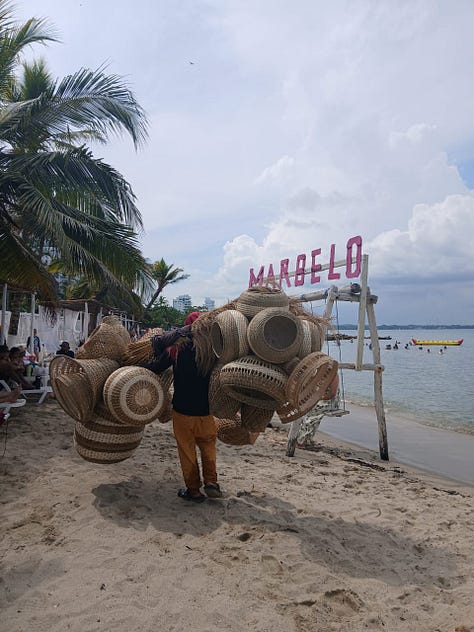
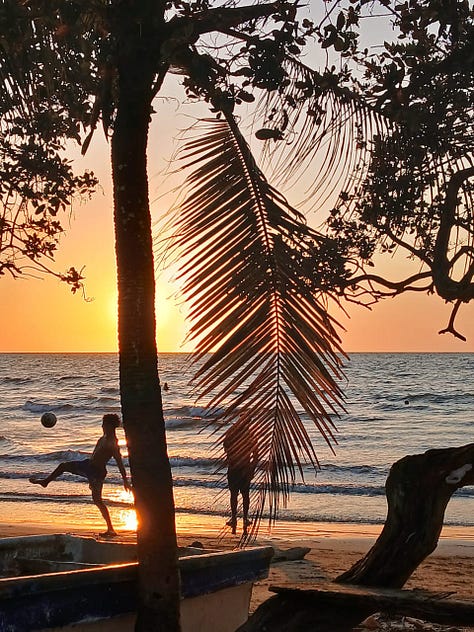
Coveñas at sunset (left), Artisan seller in Coveñas (middle), Tolú at sunset (right) Sincelejo is the capital of Sucre, but in reality, it is less of a city and more of a giant pueblo. Even those from Sincelejo think the city is small, but we’ve been surprised by how big it is, literally the same size as Barbados. Nonetheless, it contains hotels, two malls, a few universities, and tons of booming local businesses. The main university is the Universidad de Sucre, a public university with a successful language department, and the program CLEUS, Centro de Lenguas Extranjeras de la Universidad de Sucre, allows people within the community to access English and French classes.
It seems like everyone and their mother has or knows someone who has a finca —a little farm where families cultivate agricultural products, animals, and generally enjoy their free time. As a result, things are more naturally and locally sourced. Community members are very proud of their harvests, both selling and sharing them with their community. When a certain food is in season—for example, it is currently mango season!—we are gifted mountains of them due to their pure abundance.

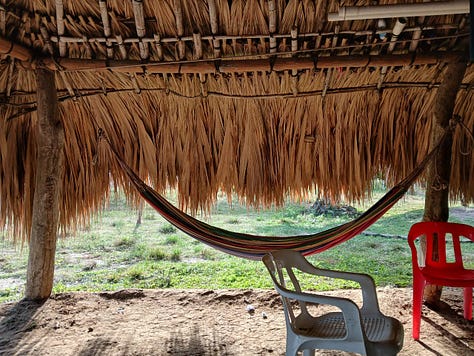
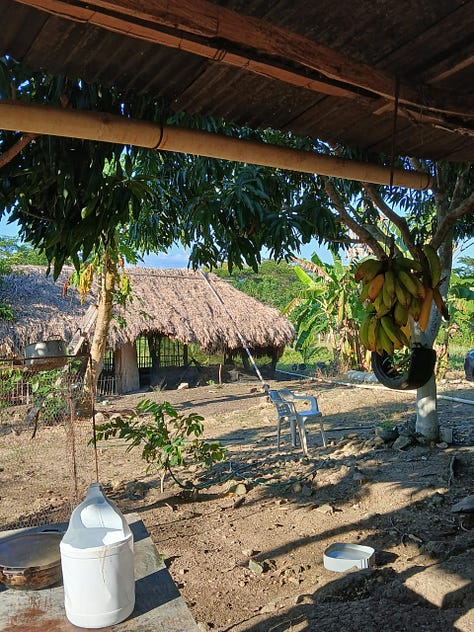
Images from the finca Working at the local university, I, Natasha, have noticed that there is an inclusive and large LGBTQIA+ community. Which, coming from small-town sites in a fairly rural department, we found surprising. While there aren’t any known pride celebrations within Sucre, perhaps it’s more normalized or accepted as we personally haven’t witnessed any homophobia.
Another thing we quickly noticed was the lack of catcalling overall, especially catcalling that has the potential to become violent. The number of times that we were catcalled daily in our training towns required counting with both hands. However, in Sucre, we could count the number of times we’ve been catcalled in the past seven months all on one hand. Out of curiosity, Natasha once asked a male friend why there is less catcalling. He promptly responded, “Because women don’t like it.”
One of the first things we noticed was the lack of street animals. It seems that many families have adopted one or more pets. Moreover, they treat their pets like family, rather than guard dogs, walking and socializing them. After talking with Colombian friends and host families, it seems that animals are valued within the community. This kindness toward animals reflects the amiability of Sucreños.



